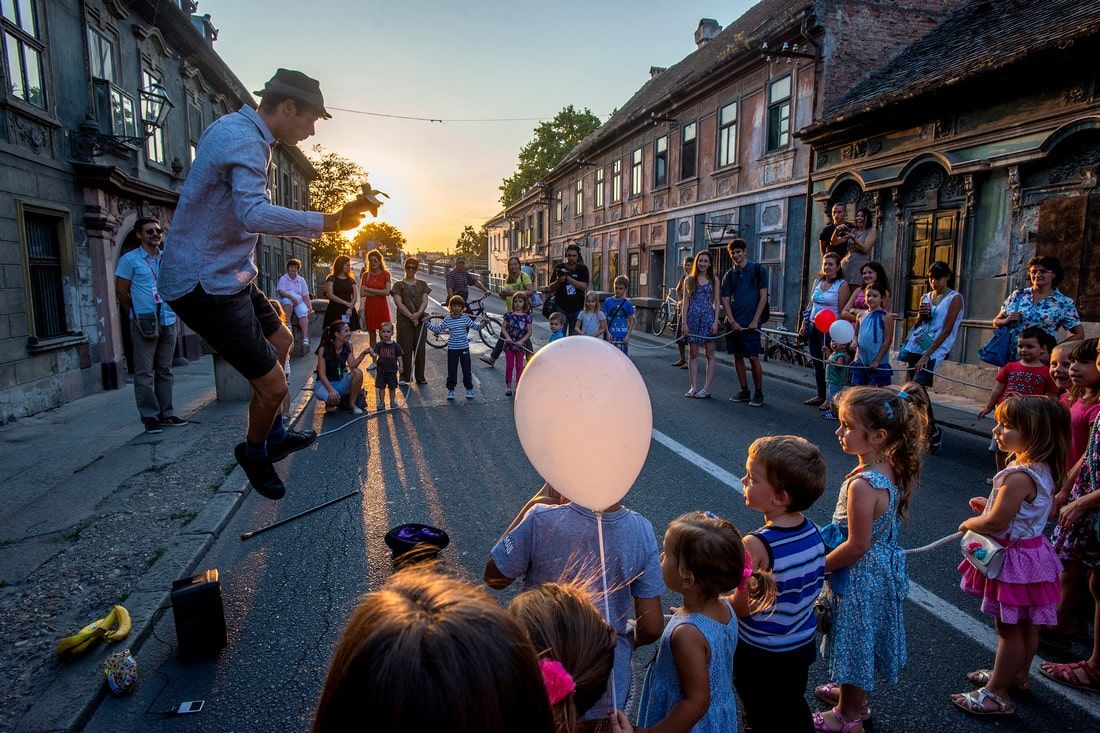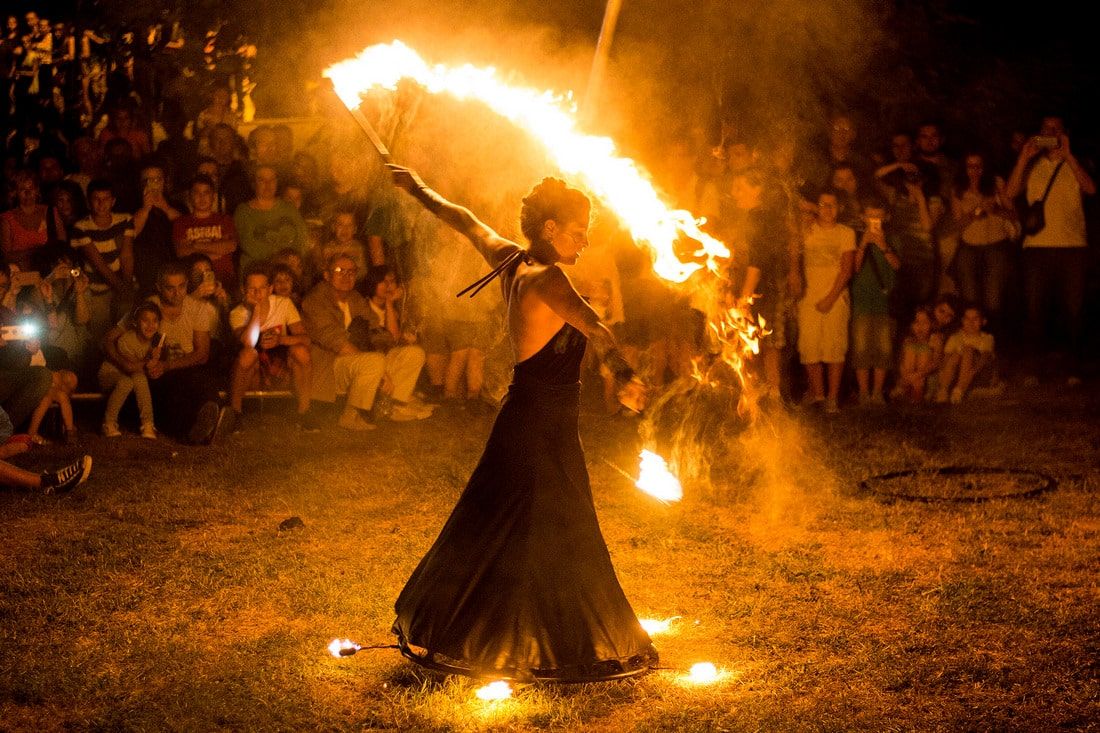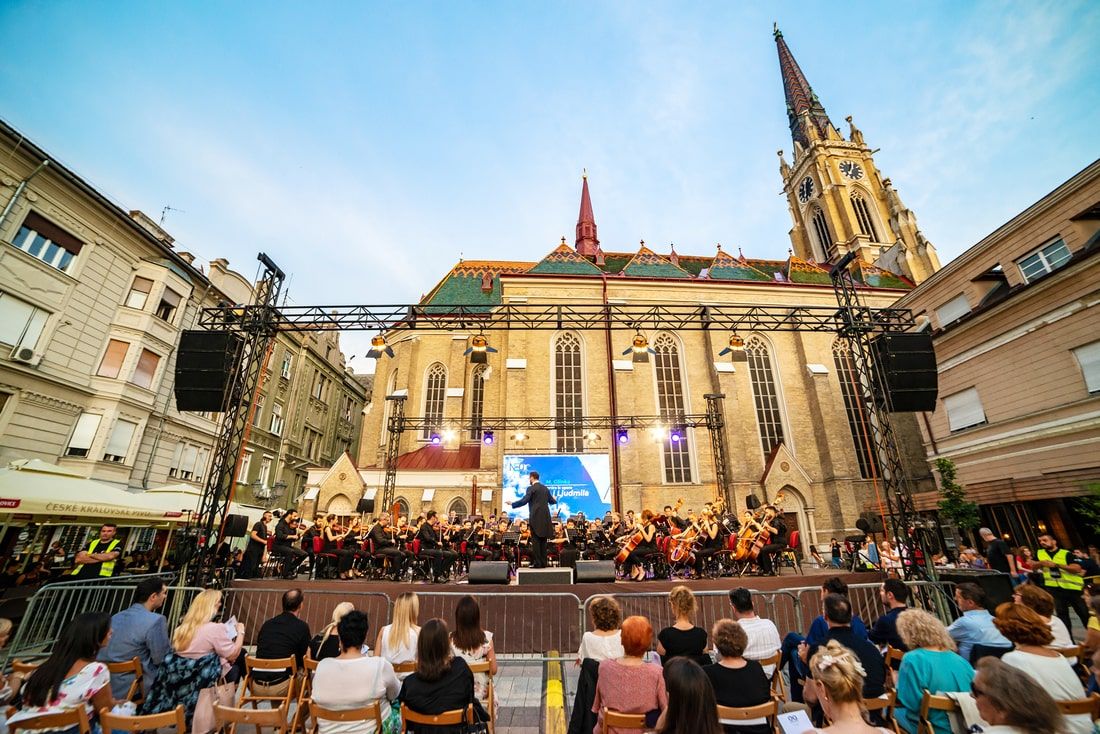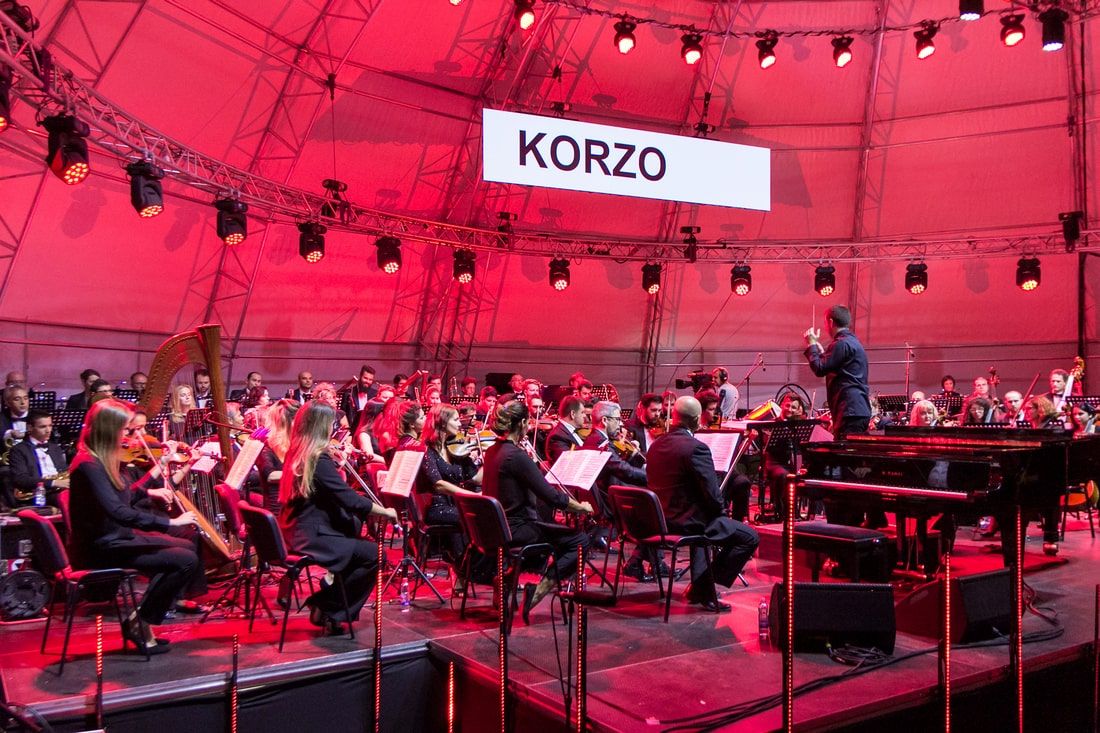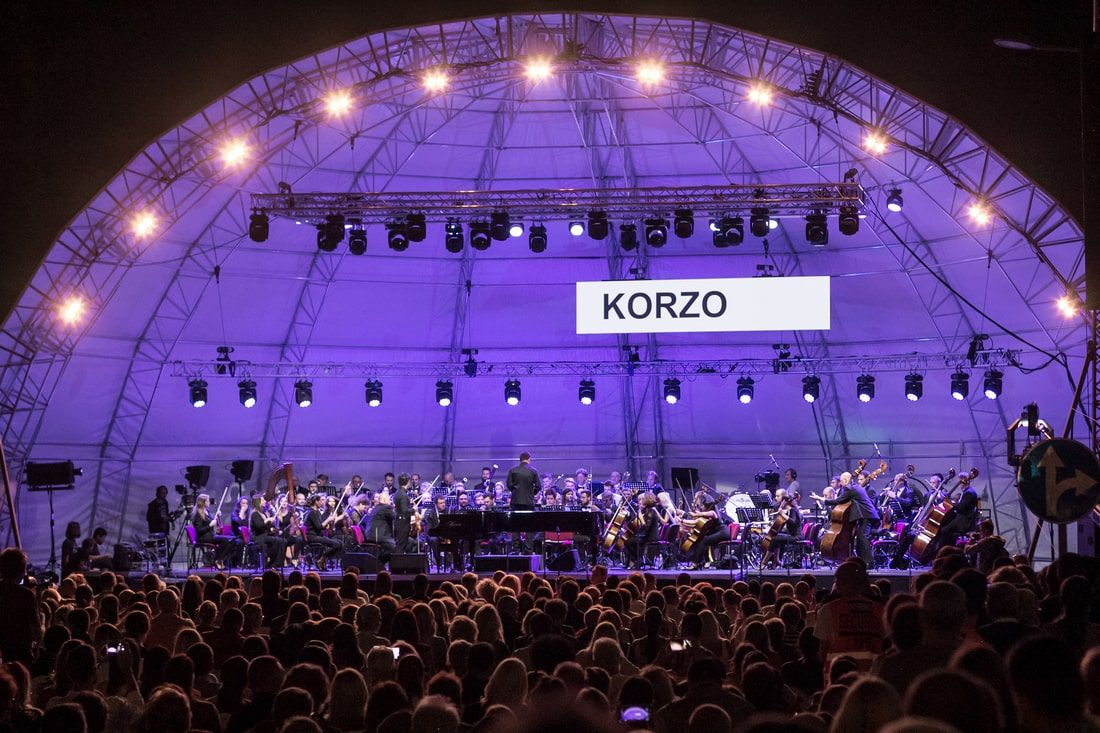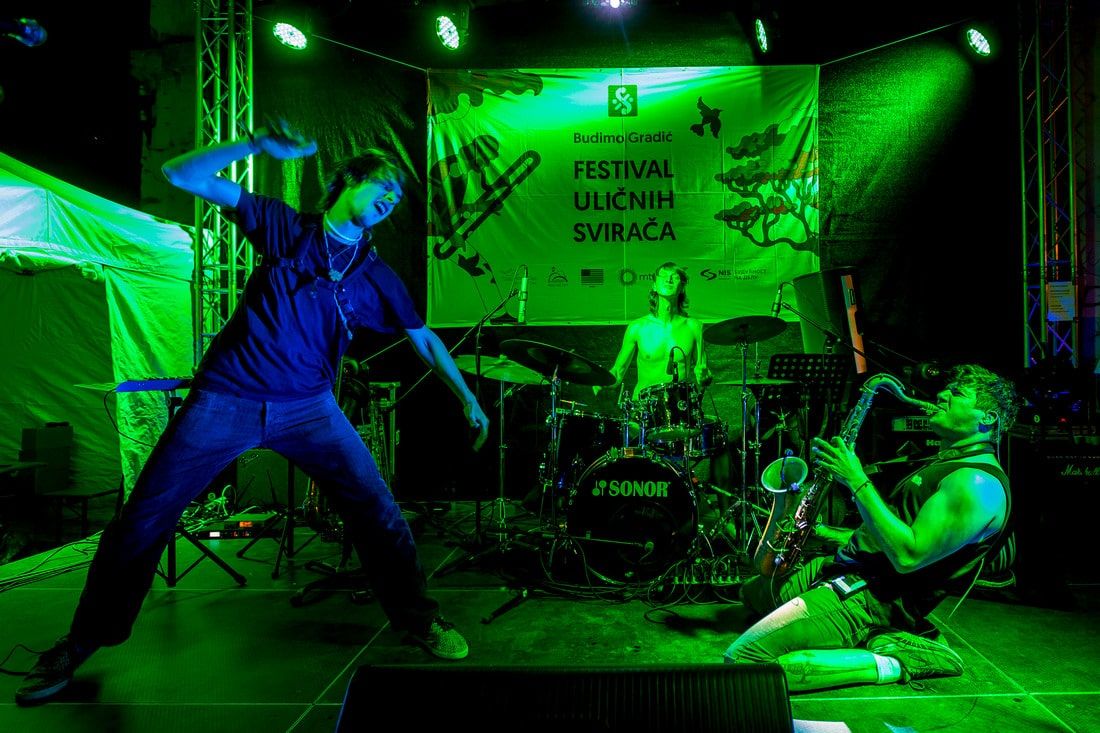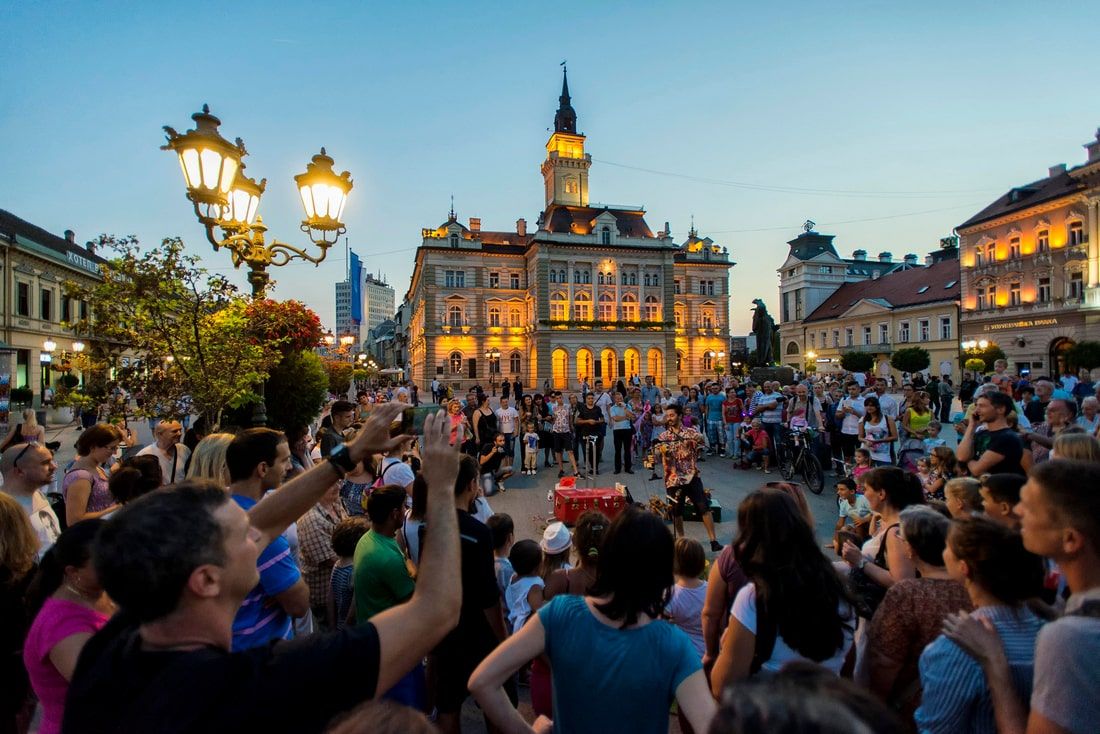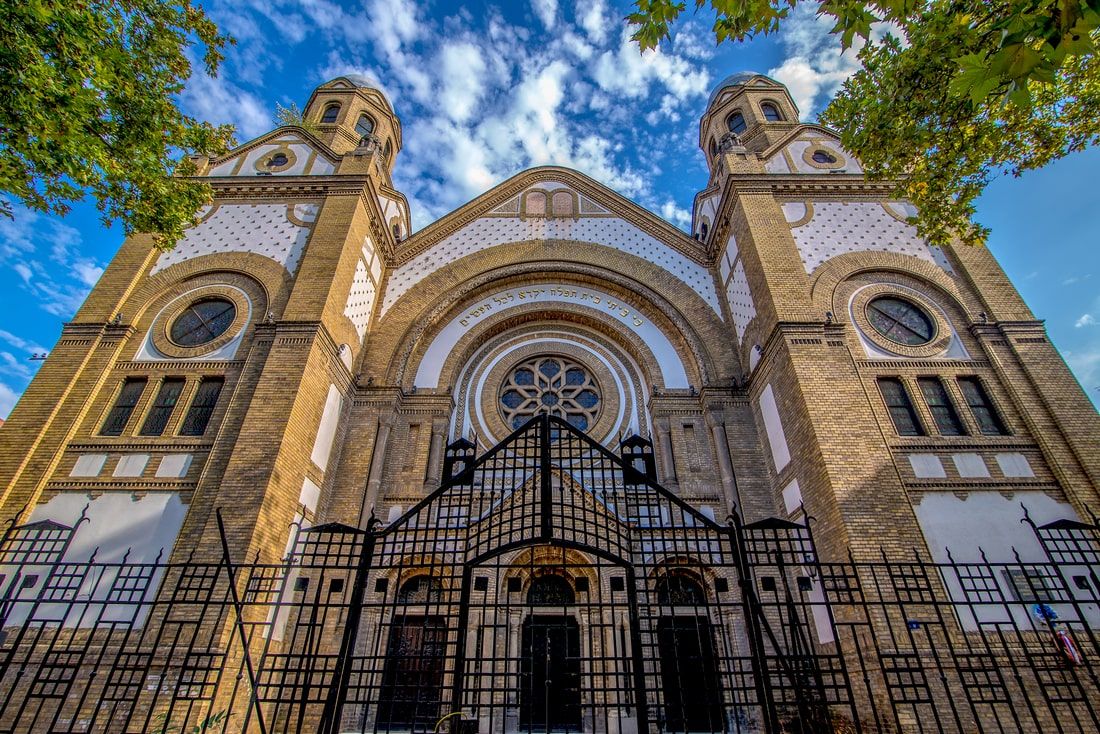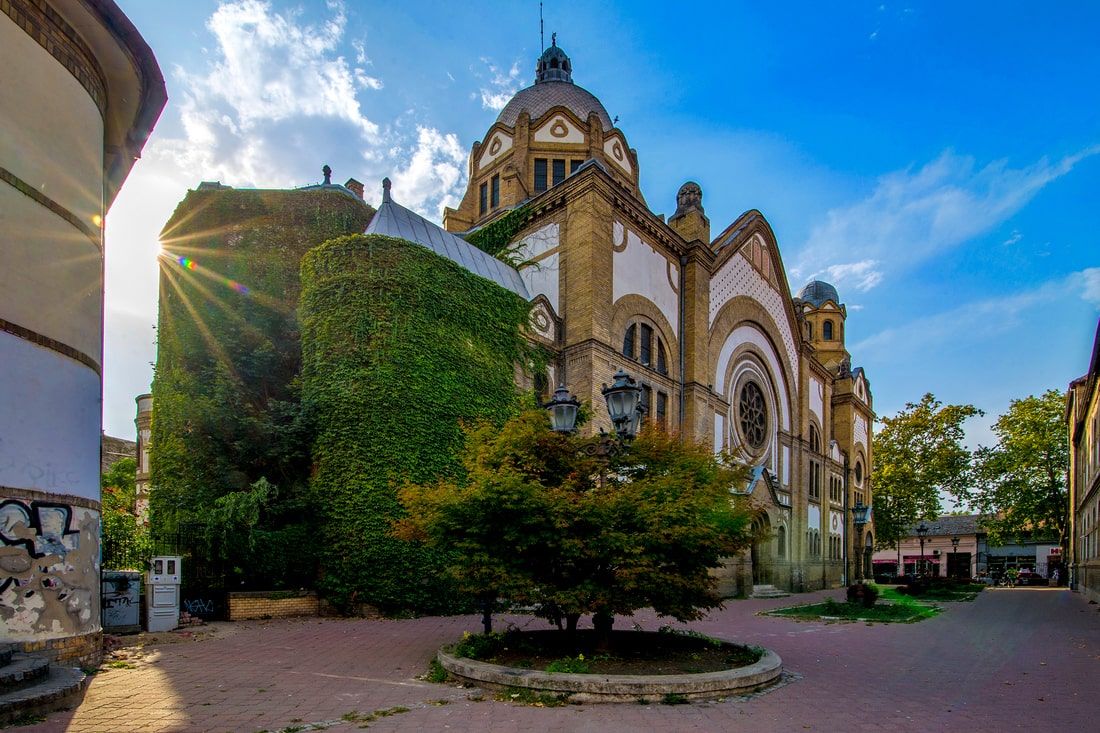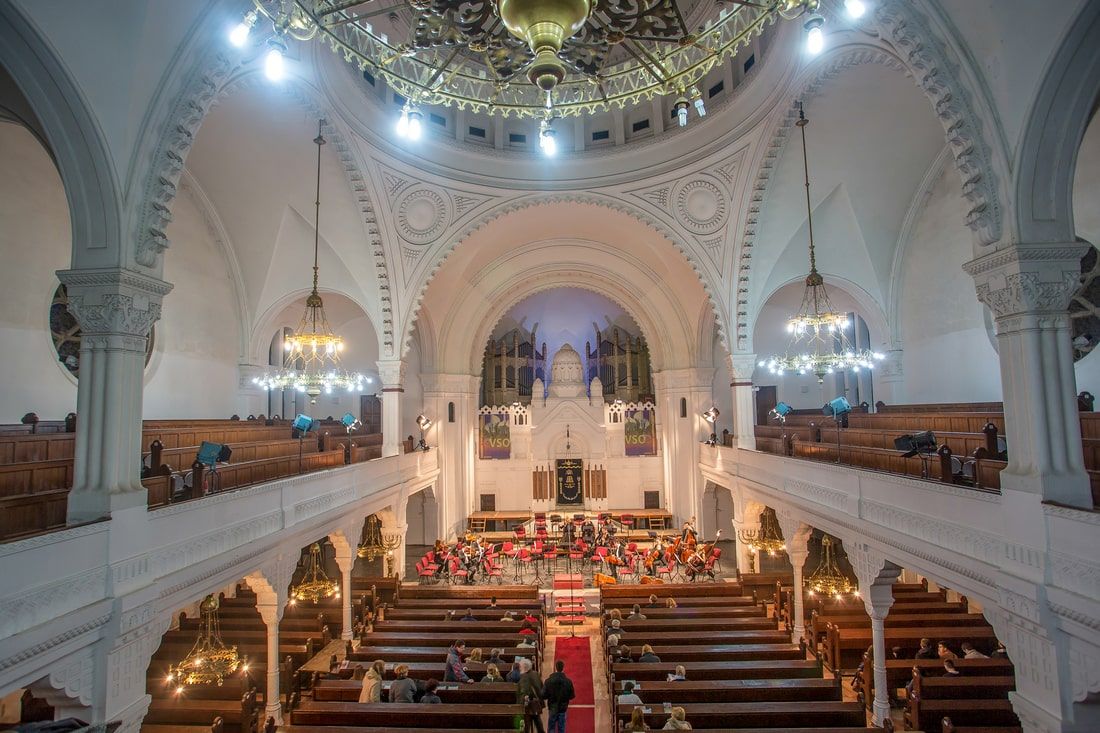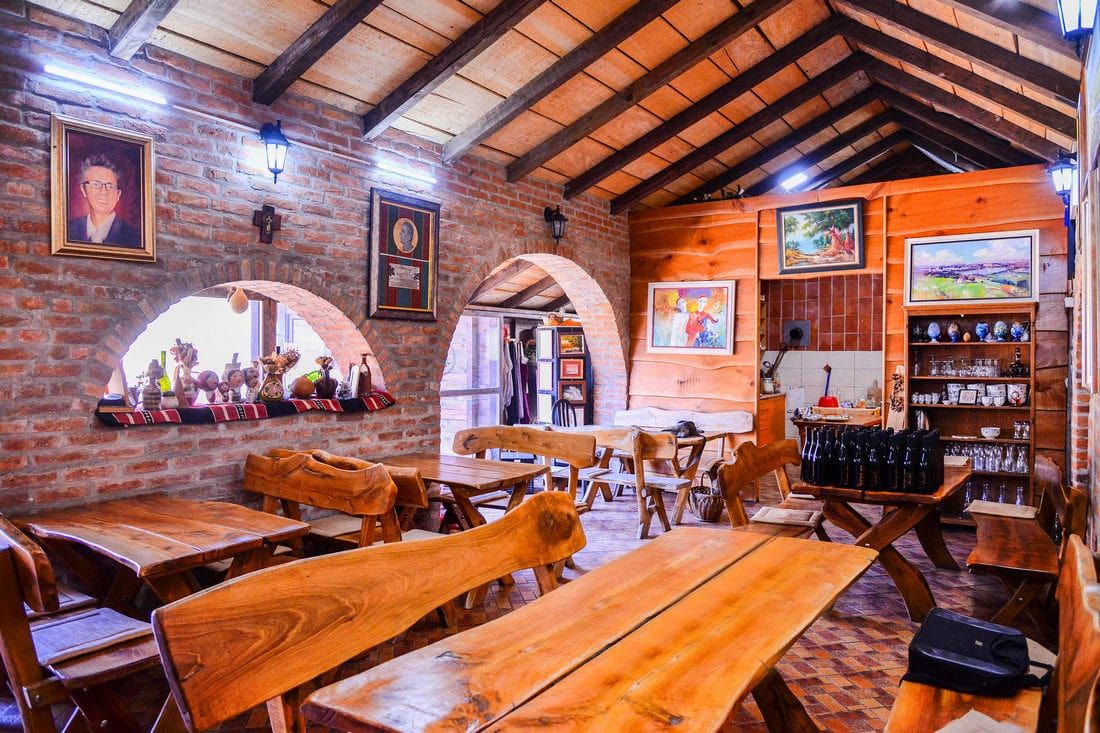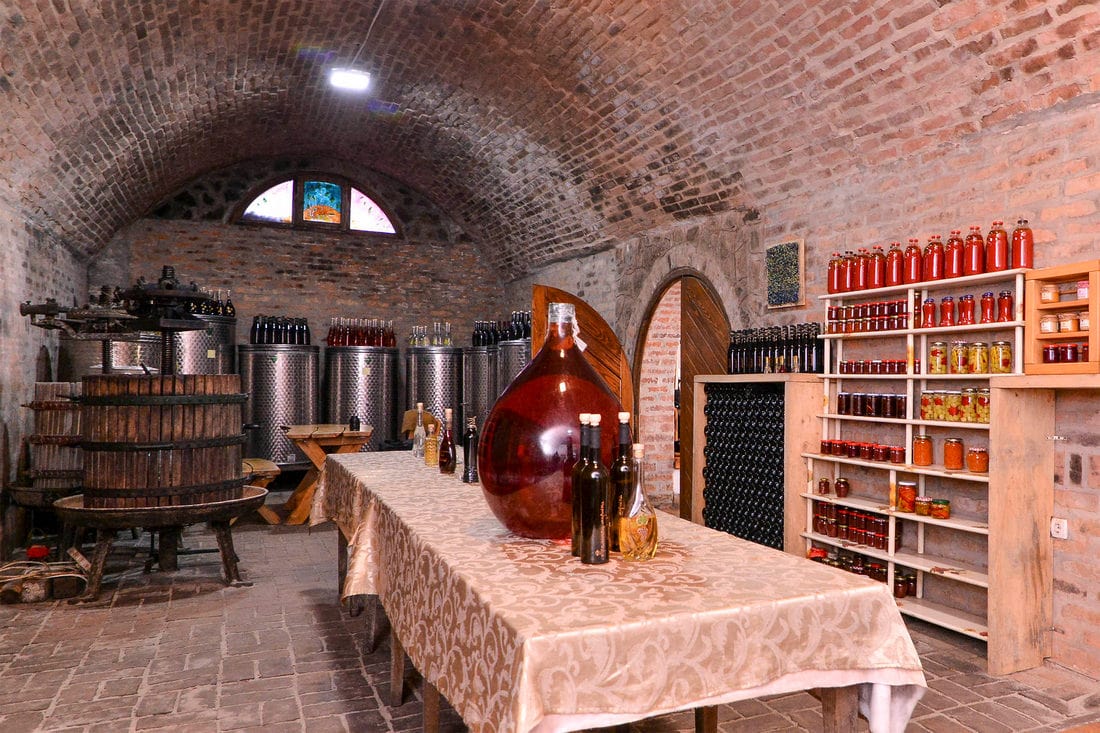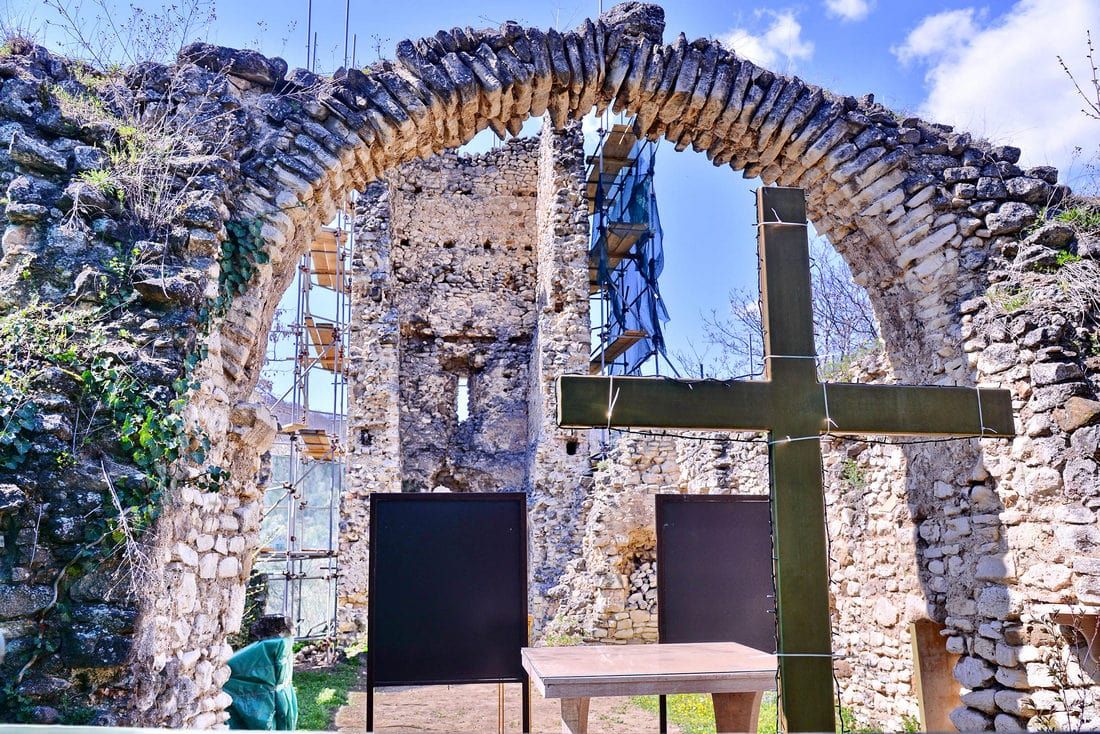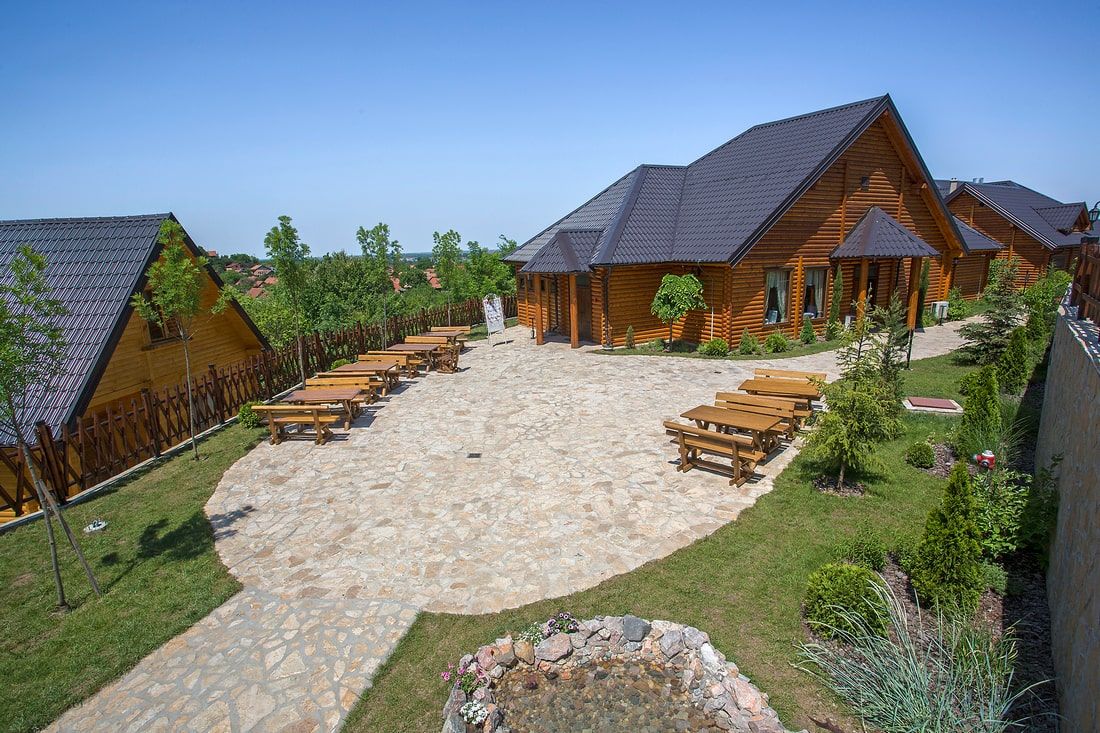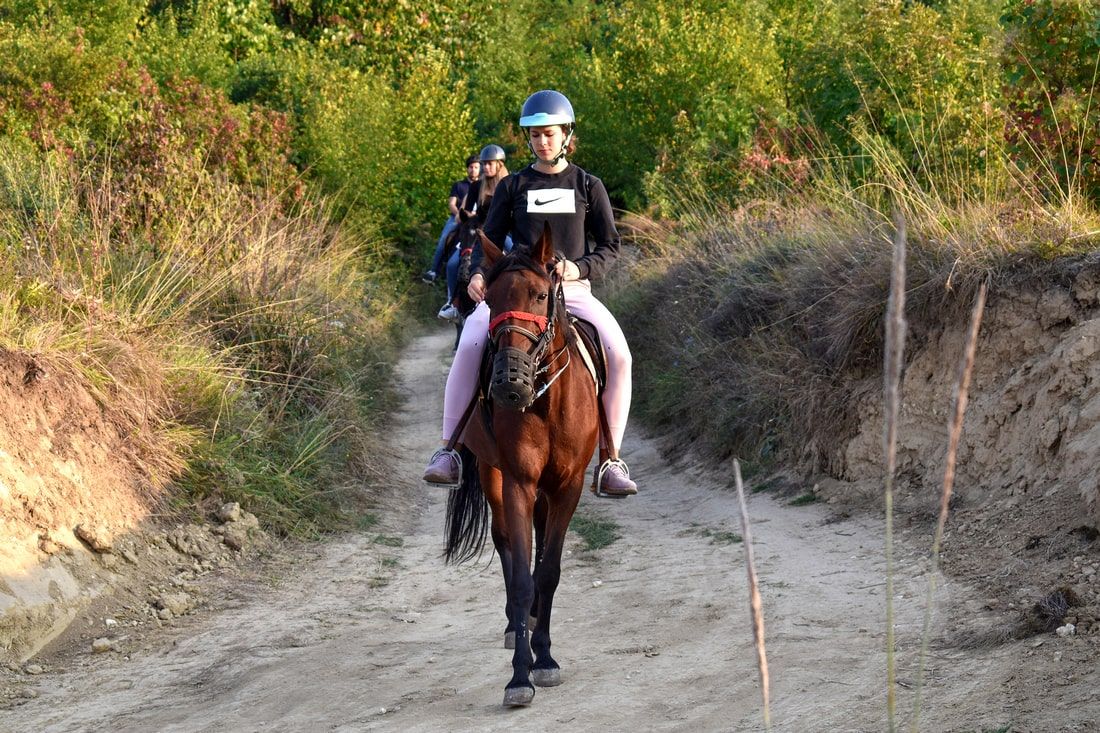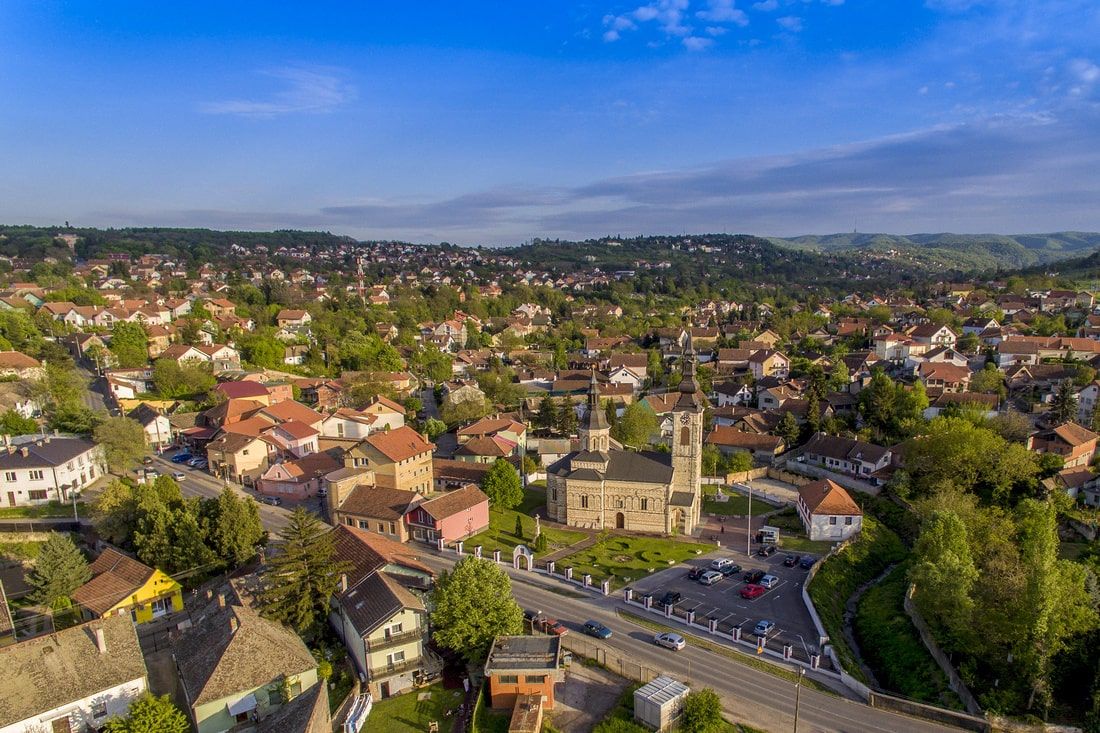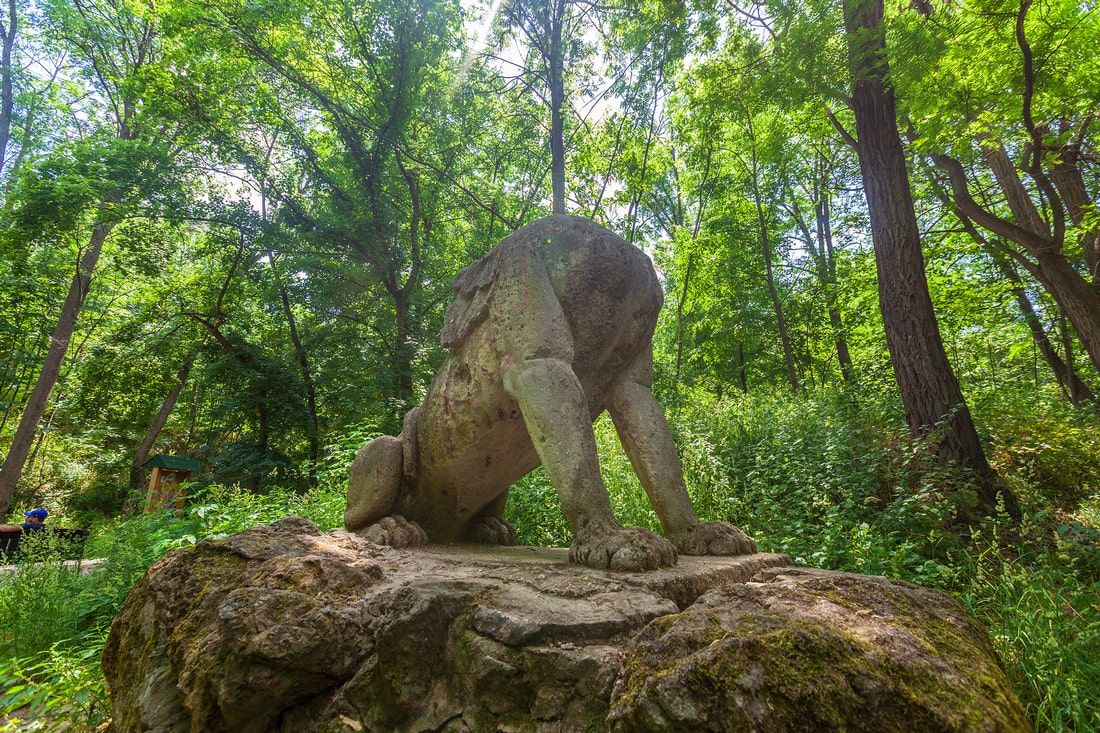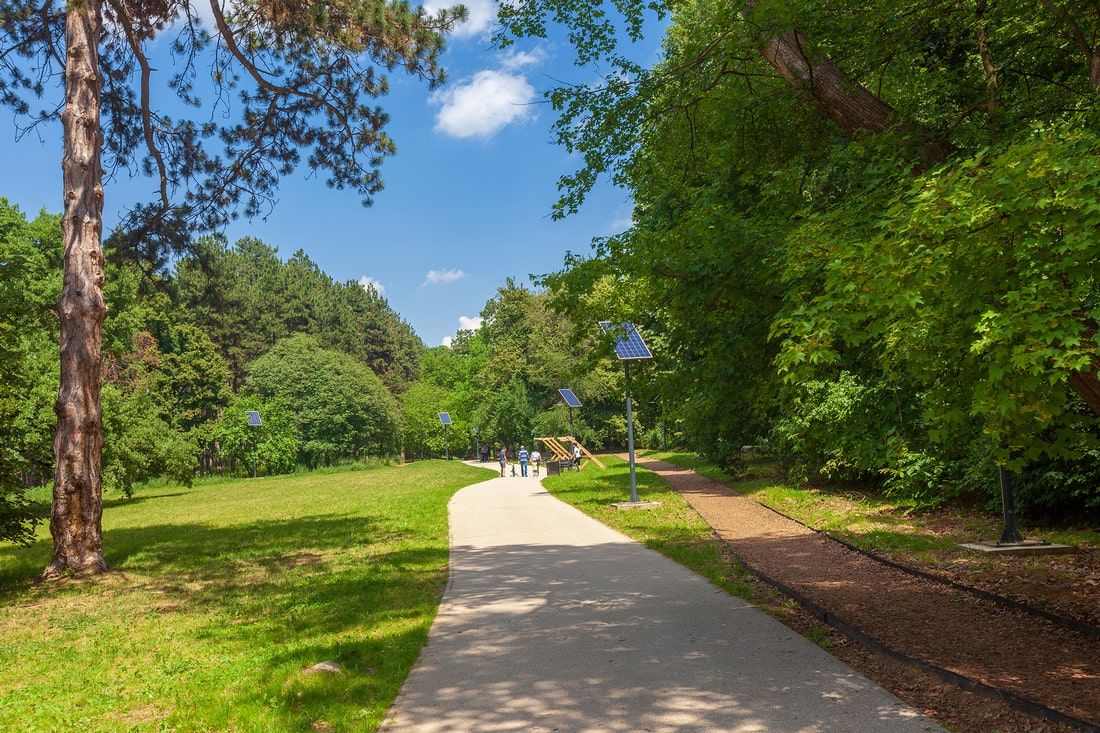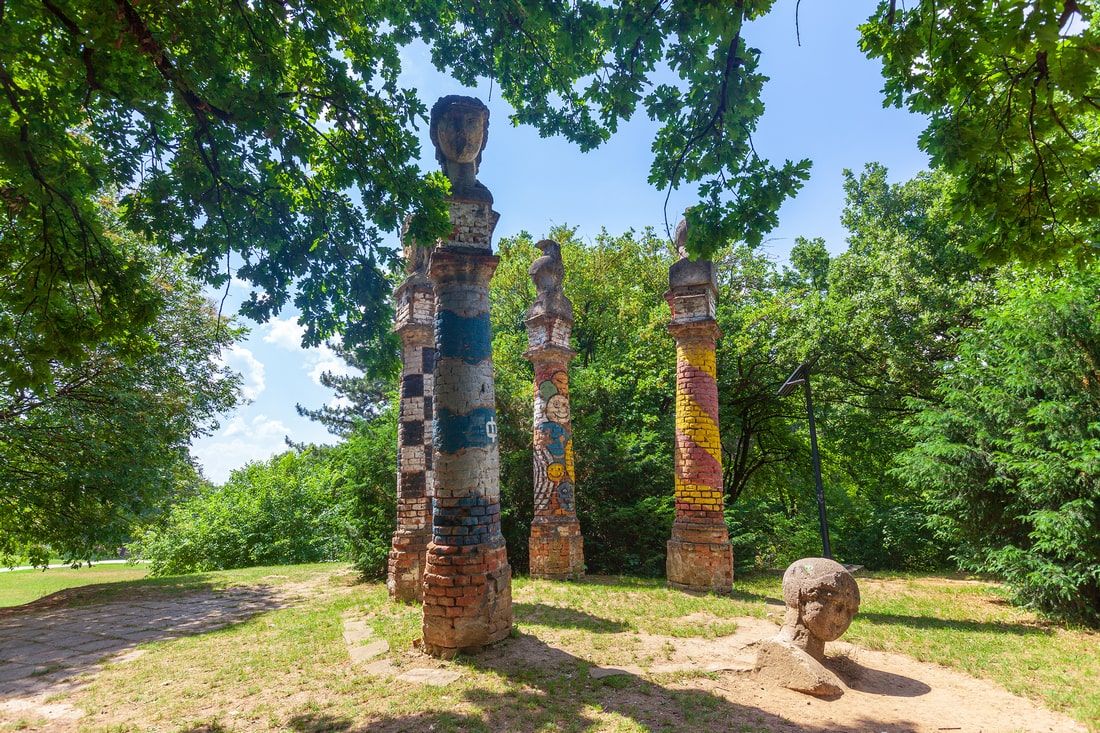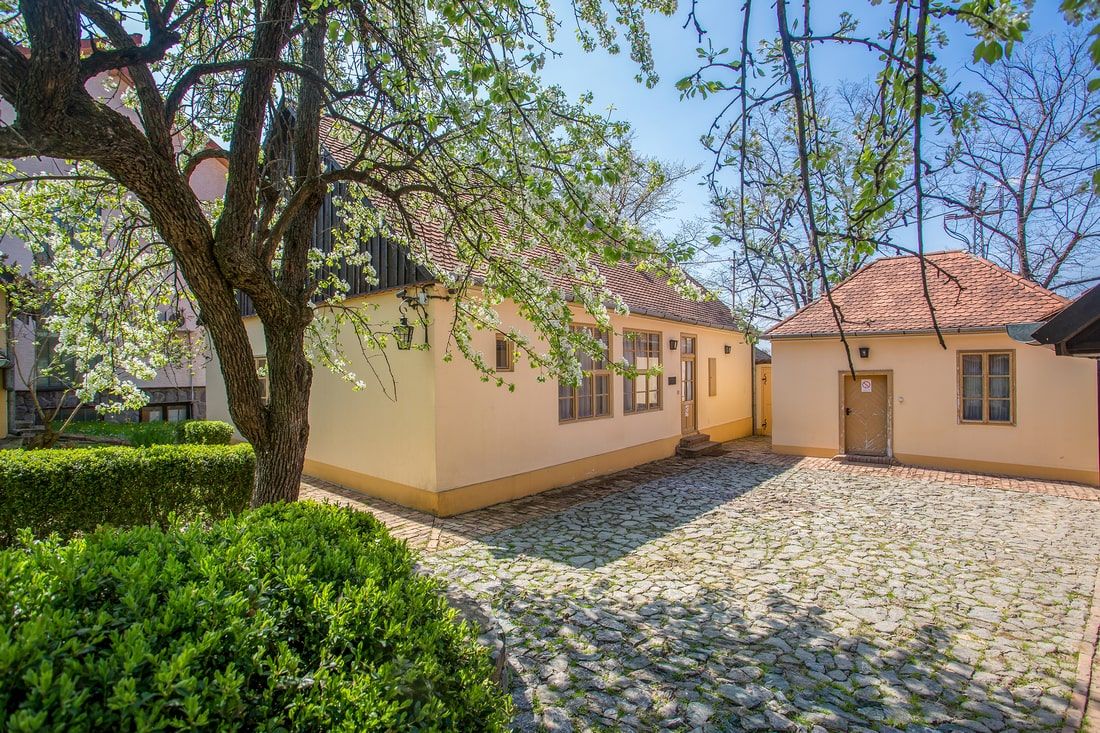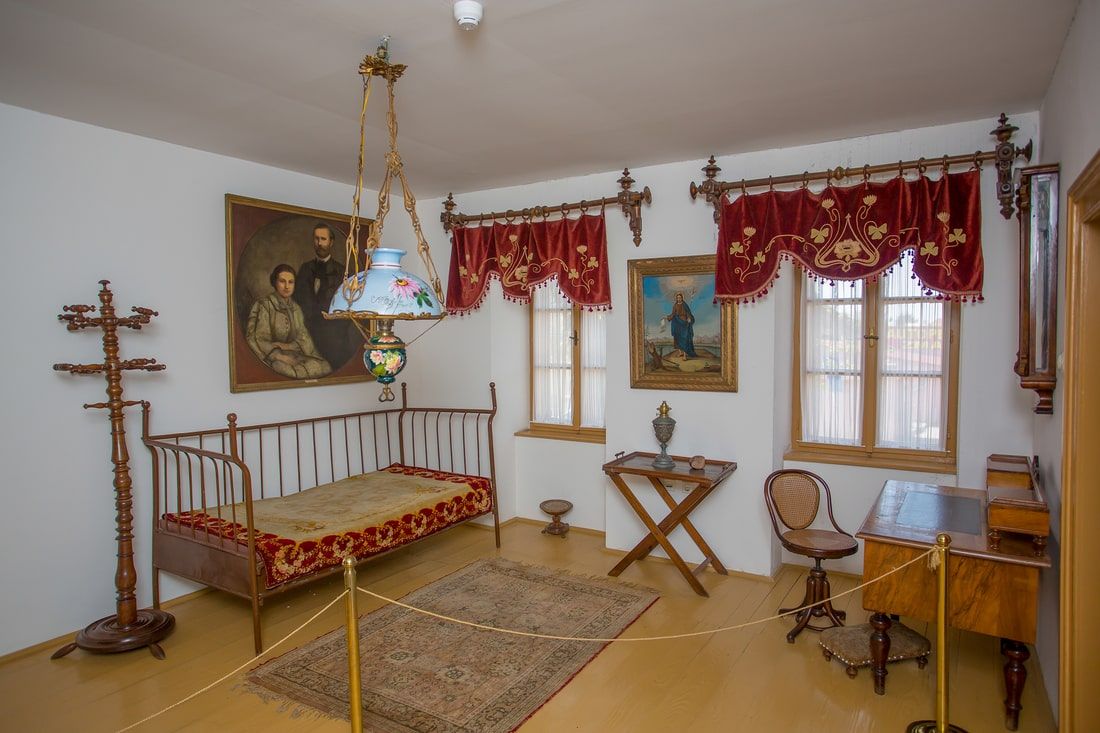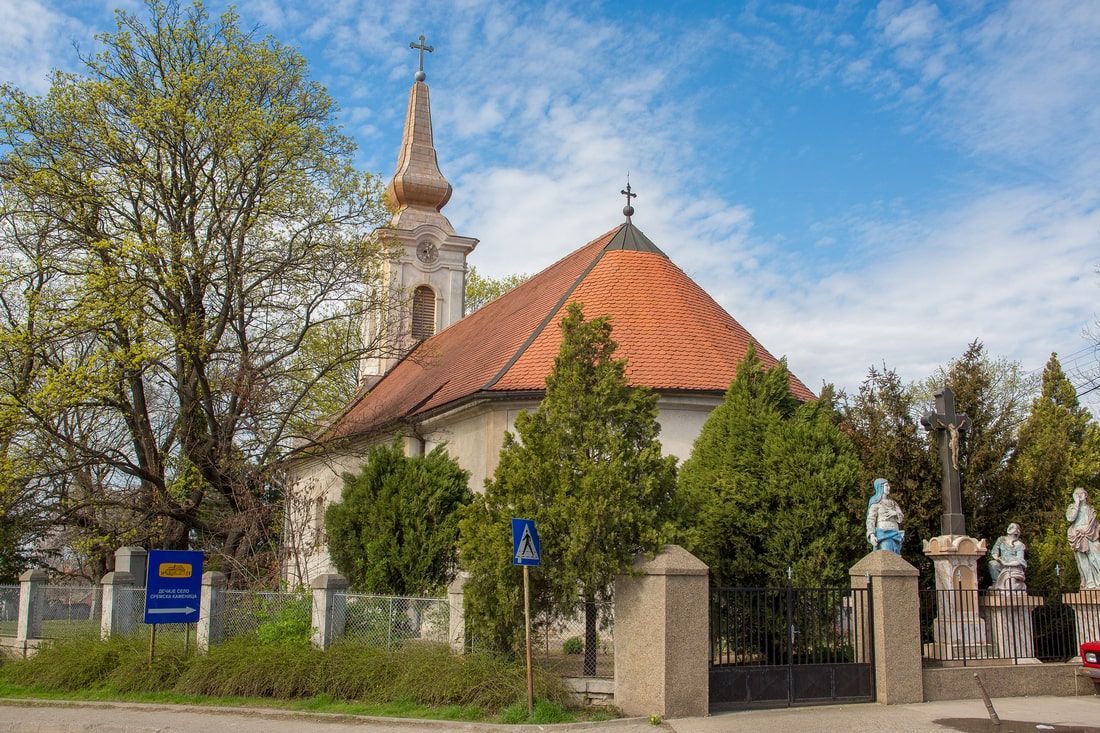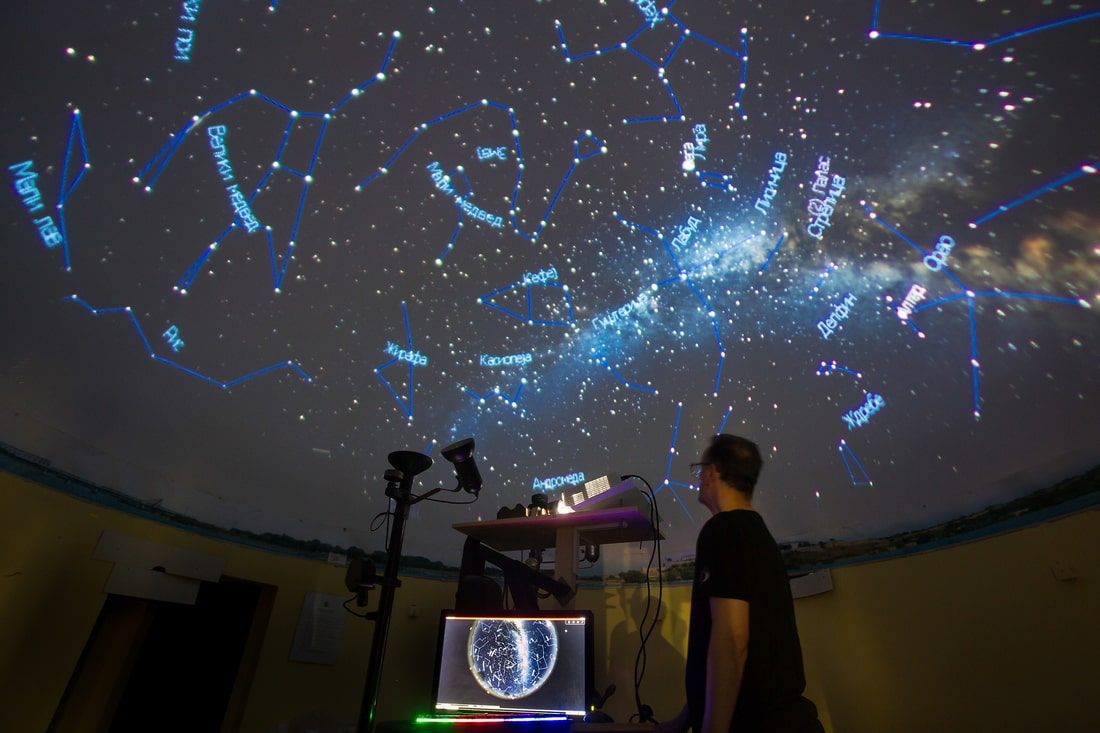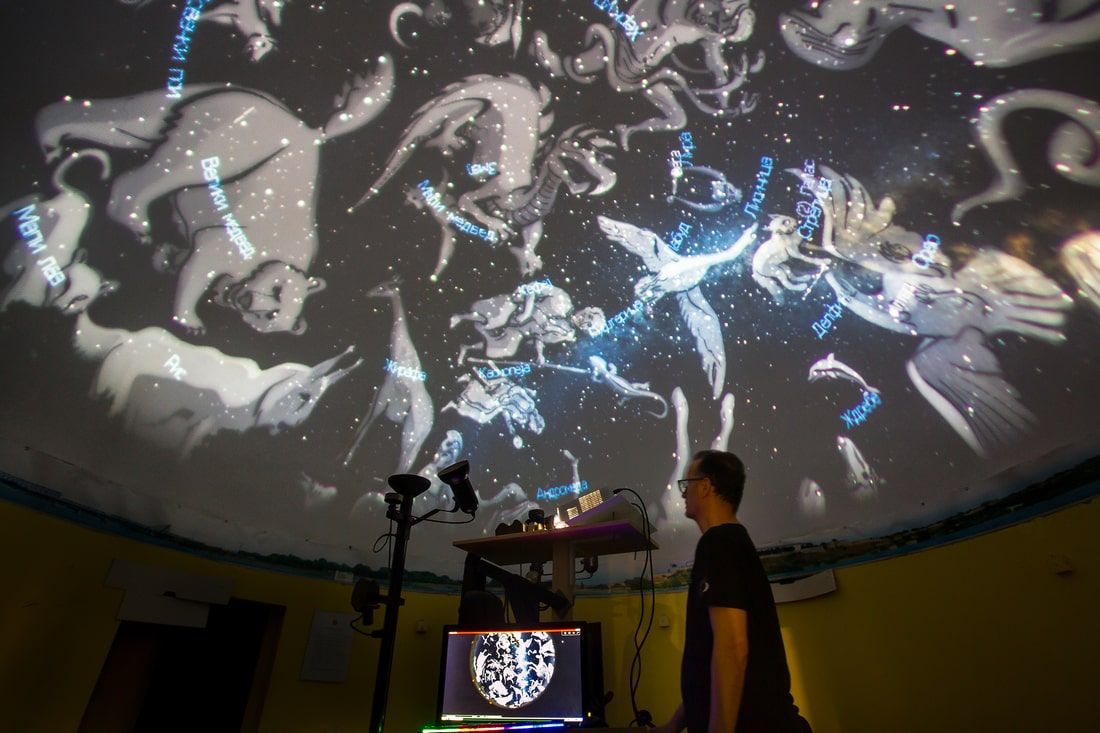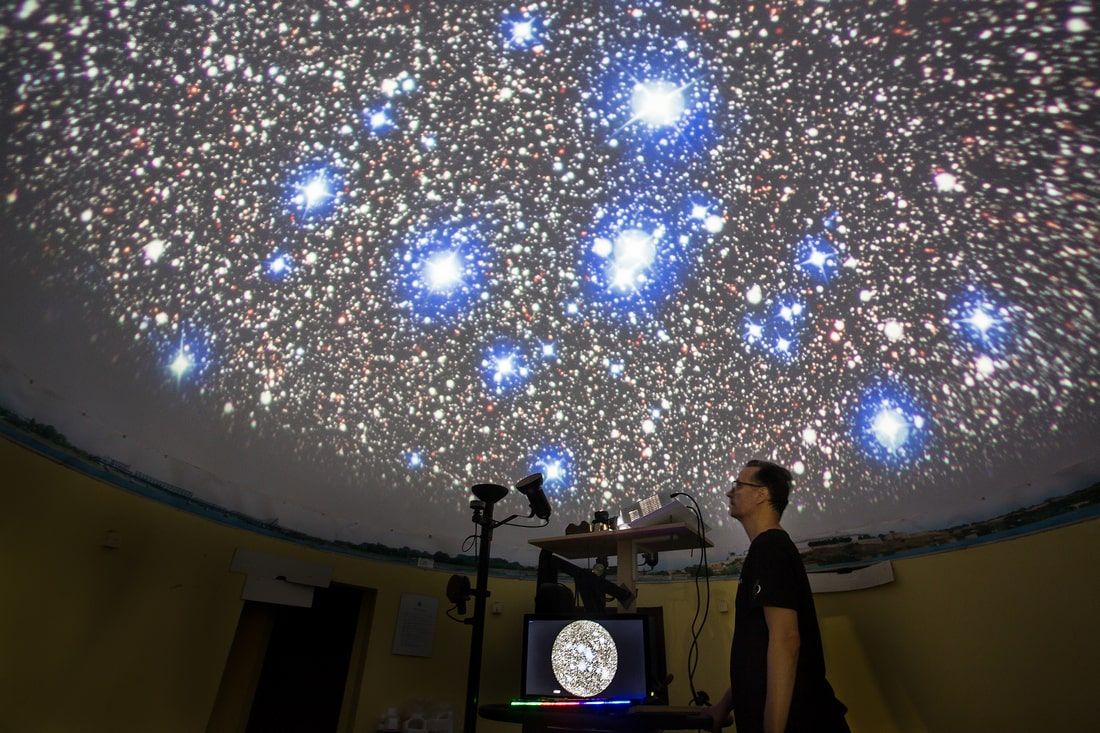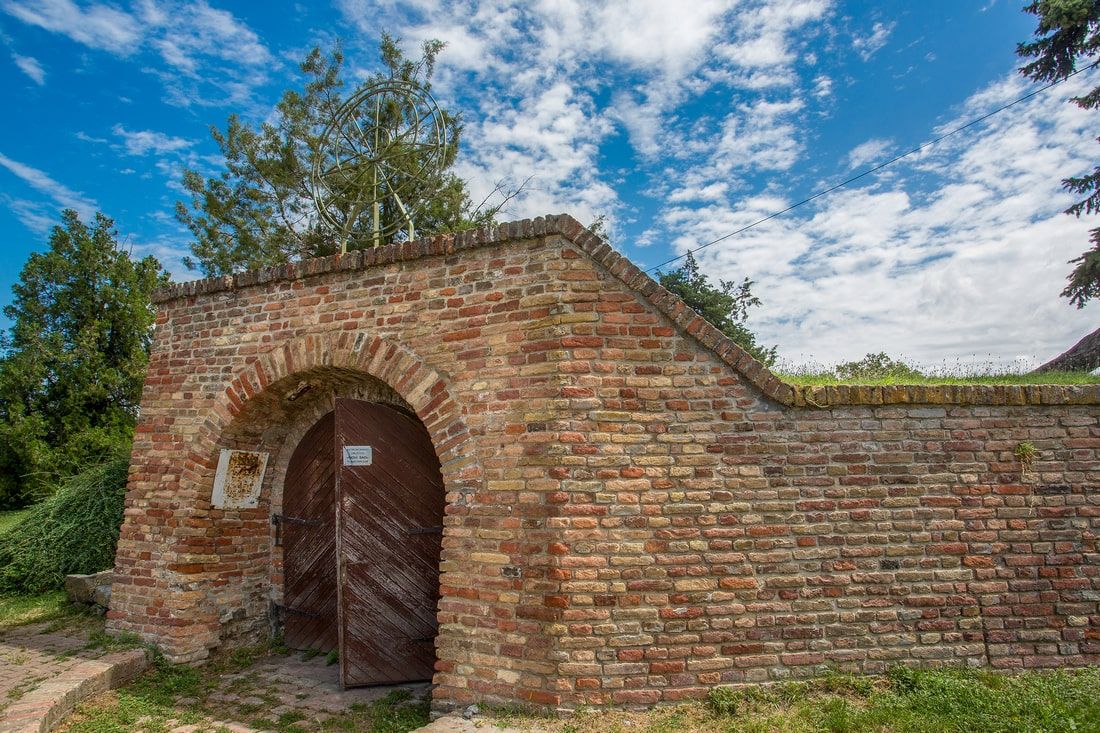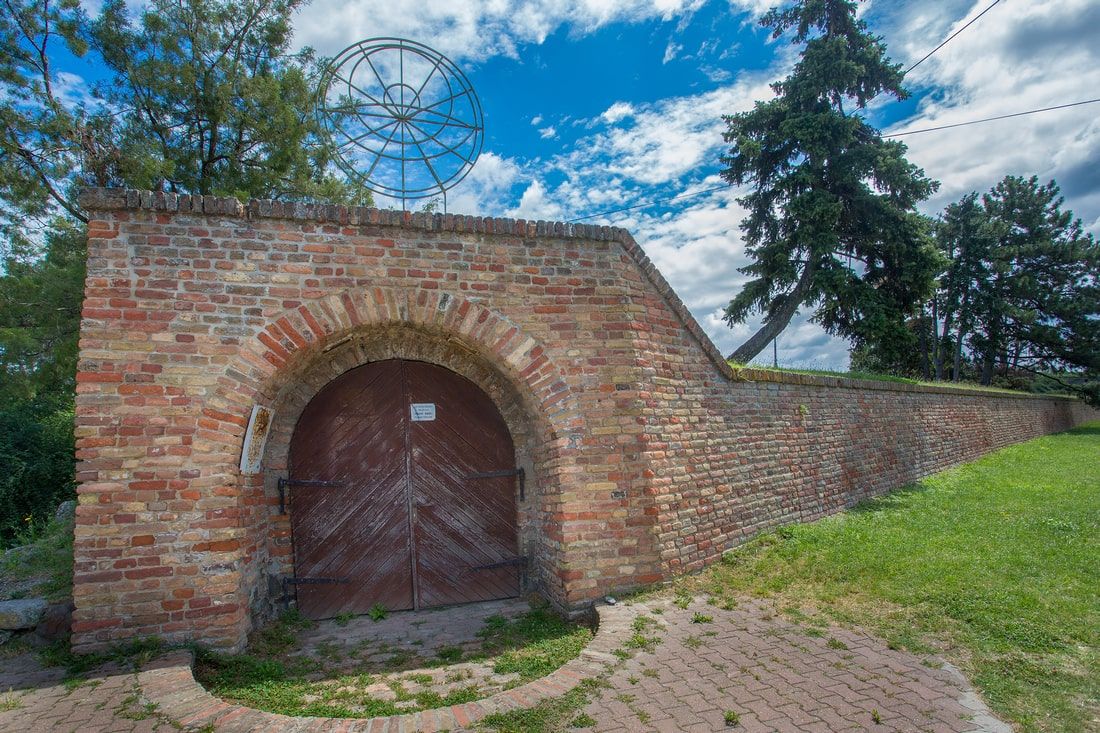52 Weekends - September
Cultural events
Novi Sad, the European Capital of Culture 2022, is a city of cultural events being a testimony to the scope of artistic achievements that are significant both nationally and internationally.
One of the warmest and most accepted events in Novi Sad is the Festival of Street Artists, which at the end of summer brings together many top professionals and beginners – musicians, dancers, performers, acrobats and theatre troupes in the Baroque Suburbium of Petrovaradin Fortress. The audience that carefully follows and warms this festival with love is part of the magic that is created then.
Events under the common name “Kaleidoscope of Culture” are on the trail of the programmes induced within the “Novi Sad – European Capital of Culture” Foundation. The project aims to create a synergy of different types of art and different actors – from artists through cultural institutions and NGOs, to visitors, and to overcome the established view of culture on several levels, including its spatial layout, with its end result
Novi Sad is traditionally renewed in September with the noise of students whose liveliness is the most beautiful sound of autumn in the city. It is lively on the outskirts of the city, a rich harvest is stored and the end of the grape harvest is celebrated in Sremski Karlovci, and in Novi Sad the Festival “Tastes of Vojvodina” takes place where the gastronomic heritage of Vojvodina is promoted, to the joy of all the sense, by small food and drinks producers from Vojvodina, and catering companies that promote indigenous Vojvodina cuisine.
Gordana Stojaković
Secession in Novi Sad – Lipot Baumhorn
Lipót Baumhorn (1860-1932) was an architect from Pest whose architectural endeavours, dominated by synagogues, are today among the most representative architectural, Art Nouveau heritage of many Central European cities. Beginning in 1880, Baumhorn built 25 synagogues in Austro-Hungarian empire, two of which were in Vojvodina – in Zrenjanin and Novi Sad.
Today, the following secular representatives of Lipot Baumhorn’s architectural skills are located in the central zone of Novi Sad: the Synagogue complex consisting of the temple building itself, the Jewish School and the Jewish Community Office (1906-1909), the Savings Bank building – currently OTP banka (1904), Menrat’s Palace (1908) and lawyers’ Tomin Palace (1909). The Novi Sad architectural work of Lipot Baumhorn still stands today, while, unfortunately, the synagogue in Zrenjanin was demolished in 1941.
Gordana Stojaković
Ledinci – Novi Sad part of Fruška Gora
Stari and Novi Ledinci are communes of turbulent history. Stari Ledinci were burned down in 1942 and then rebuilt for decades after the end of the World War II, partly in a new place, known today as the Novi Ledinci. Materialized traces of local history are two fountains in Stari Ledinci, with carved years of 1842 and 1885, as well as the remains of a medieval church at the site of Klisa, which some researchers believe is the missing monastery of St. Sava that is mentioned in the 16th century.
The settlement was built on the slopes of Fruška Gora, and here you can often see excursionists who enjoy the view from several viewpoints in the vicinity, or in the forest environment, along the walking path to Pera’s Cave, or to the picnic sites of Popovica and Orlovo bojište.
Many Novi Sad residents gladly come to Porodična vinarija Antonijević (Antonijević Family Winery) in Novi Ledinci and Podrum Miljević (Miljević Wine Cellar) in Stari Ledinci for excellent wines and much more. The contents of stay in Ledinci are complemented by the offer for recreationists and riding lovers offered by the Equestrian Club “Šumska štala” whose activities are adapted to both beginners and experienced riders.
Fans of gastronomic pleasures will not miss to visit the Stojadinović-Pintar Family Farm (Naša farma kozica) and buy goat’s milk products. We should not miss the gastronomic pleasure, which includes Fruška Gora wines in the restaurant “Vidikovac”, which offers a panoramic view of Novi Sad.
Gordana Stojaković
September in Sremska Kamenica
Many people mostly watched Sremska Kamenica from some of the chardas at Ribarac and Kamenjar, or along the way, rushing to the Fruška Gora marathon. It is true that Sremska Kamenica is a special place, the one that the counts of Marcibany-Karacsony chose to stay at and enjoy after building the castle. Sremska Kamenica is an urbanity created at the place of favourable wind roses, on the slopes of the healing Fruška Gora, on the banks of the Danube, in a word, at a place that can only be wished for.
The Marcibany de Puho count family built a park in the style of an English landscape garden next to the castle, which was enriched with rare vegetation and stone sculptures. Today it is the oldest and most spacious park in Novi Sad. After the World War I, the Marcibany-Karacsony castle was bought with the money of John Frontigem, so that Darinka Grujić Radović could run the Serbian-American home for war orphans in it. The Children’s (SOS) Village in Sremska Kamenica is a continuation of the Novi Sad tradition of taking care of children who need social care and attention.
In the centre of the town there are the Serbian Orthodox Church of the Nativity of the Holy Mother of God (1758) and the Roman Catholic Church of the Discovery of the Holy Cross (1811). Nearby is the Memorial Collection of Jovan Jovanović Zmaj (Zmaj’s Museum), which is visited by most schoolchildren in Serbia. The museum is one of the relics of Novi Sad, because it reminds us that generations of children grew up with the songs of Uncle Jova Zmaj from Novi Sad (www.museumns.rs).
Gordana Stojaković
Starry sky in September
The constellations of Ursa Major and Ursa Minor, Cassiopeia and others, the North Star at the end of the Small Circle ore, circumpolar stars that never set and are visible at certain latitudes, the movement of planets and meteorites have all been studied since ancient times, starting from the first civilizations and sailors, to modern lovers of the starry sky.
Today, observing the night sky is also possible for those who know little about astronomy, because audio-visual classes are regularly organized at the Novi Sad Astronomical Observatory, one of the two observatories in Serbia.
Information: Astronomical Society of Novi Sad (www.adnos.org/).
Gordana Stojaković

